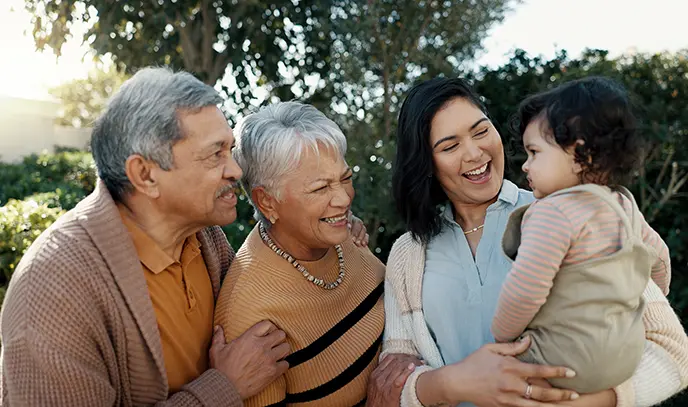Detectors
Furniture
Safe Storage
Home Safety for Babies and Children
Babies and young children are curious, which can make them vulnerable to dangers in the home. Childproofing your home can prevent common injuries. Keep your children safe at home by:Covering electrical outlets.
- Covering electrical outlets.
- Locking cabinets and storing dangerous items where children can’t reach them.
- Removing pillows, quilts, comforters or pillow-like stuffed toys from the crib.
- Using safety gates to keep young children away from stairs and windows.
- Keeping toys with small parts and other choking hazards away from small children.
As Your Children Get Older
As your children get older, their risk of injury changes. While you may begin to think about your child’s safety outside the home more, it’s still important to remove dangers from the home. Keep your family safe by:
- Teaching them how to safely use appliances.
- Teaching them how to use knives and other utensils to cook.
- Continuing to keep dangerous items and chemicals in a safe place.
- Emptying buckets, tubs and kiddie pools as soon as you are done using them.
- Keeping bathroom doors closed and toilet lids down.
- Supervising children whenever they’re playing in or around swimming pools.
- Securing the area around pools, spas and hot tubs at home.
- Talking to your family about home safety.
To find more home and water safety information, visit the Get Parenting Tips website.

Using a proper car seat is one of the most effective ways to protect infants and young children in the event of a car crash. Children will use a variety of car seats as they get bigger. Infants and toddlers should ride in a rear-facing car seat. Once they turn 2, they can use a convertible or forward-facing car seat. When children pass the height and weight limit, they can switch to a belt-positioning booster seat. Finally, when children are old and large enough, they can graduate from the booster to use the car’s seat belt on its own.
There are many common mistakes people make when installing a car seat. Car seats are only effective if installed in the correct way. To make sure you installed the car seat correctly, the Texas Department of Transportation offers free inspections. To sign up for a car seat check, visit the Save Me With a Seat website.
Home Safety for People with Disabilities
People with disabilities may face unique challenges in the home. You may need to make changes or improvements to your living space. Review the tips below to make your home accessible.
Entrances and Exits
You may need to make doorways wider so wheelchairs can pass through. Make sure you have a way to get into and around the home without going up stairs.
Mobility
Adding grab bars and handrails can help people with mobility challenges get around the house. Make sure you install handrails the correct way to prevent injury.
Kitchen Safety
Kitchens can have a lot of dangerous items. To begin, focus on safety and mobility. Make sure you can move around and access appliances in a way that is easy and safe.
Creating a safe and comfortable home can take significant work. It can be expensive and time-consuming. To learn about resources to help with modifications, visit Navigate Life Texas.
Home Safety for Older Adults
Many older adults want to stay in their homes as they age. At the same time, they have a higher risk for falls, medication errors and fire-related injuries. By making changes around the house, you can help make sure your loved ones are safe. Review the tips below to learn more.
Fall Prevention
Begin outside the house, installing ramps and handrails to the front door. Inside the house, remove area rugs and fix carpets to the floor to prevent trips. Make sure the house has good lighting, so older adults can see where they’re going without guessing. To learn more, review the Home Safety Tips for Older Adults infographic.
Bathroom Safety
Install grab bars near the toilet and in the tub or shower. These and nonslip mats can prevent slipping on wet floors. People often store medications in the bathroom. Make sure you store medications in the correct way and check expiration dates. To learn more, review the Five Medication Safety Tips for Older Adults.
